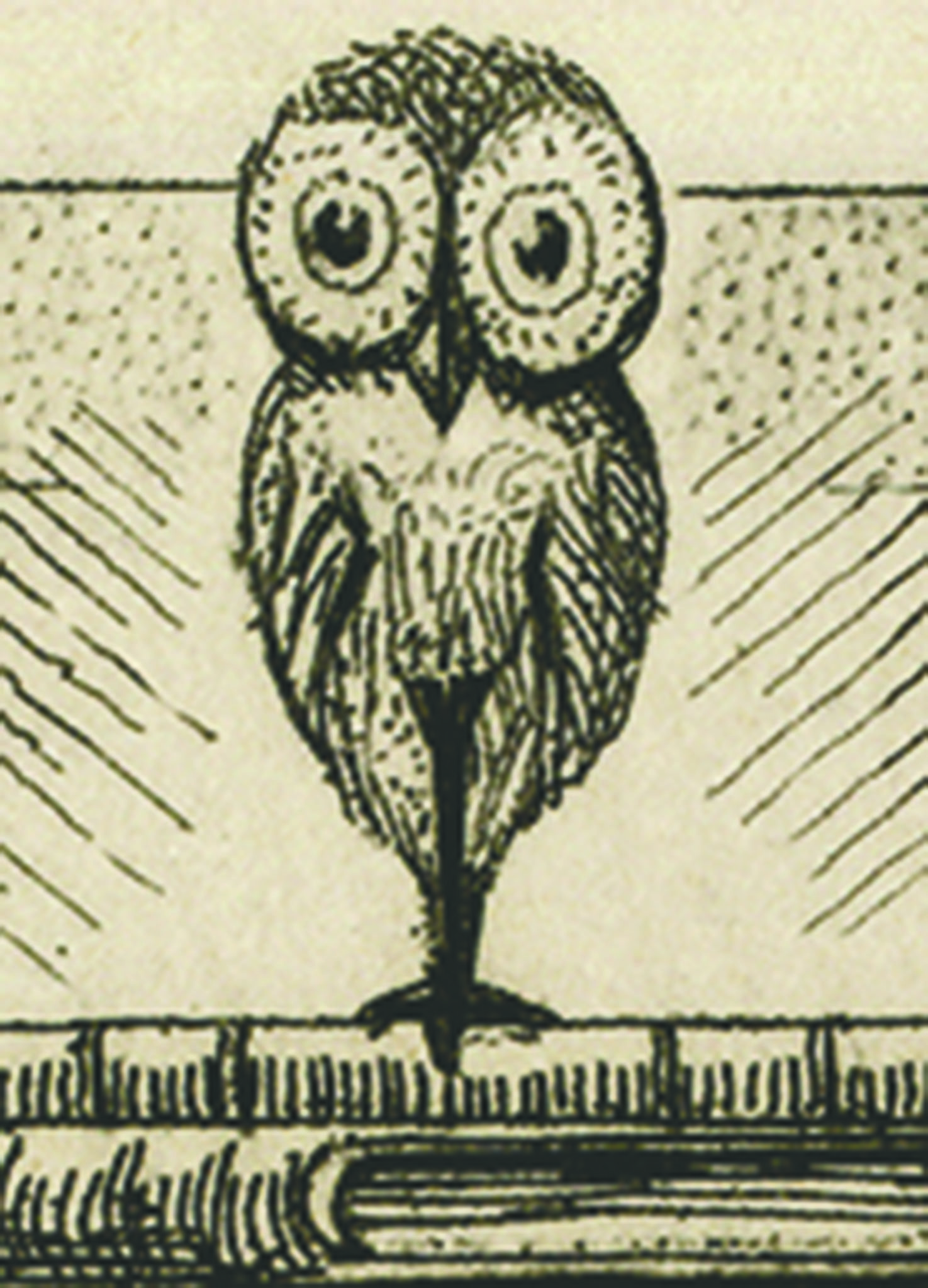
Courtesy of Sterling Memorial Library
Nestled in a back hallway of Sterling Memorial Library, a glass case showcases a different kind of library book: one whose main focal point is on its inside cover.
“Constructing a Pictorial Identity: Bookplates in the Golden Age of Collecting,” on display until Oct. 7, features an extensive collection of the bookplates of William Fowler Hopson, compiled from Yale’s Manuscripts and Archives and Bookplate Collection. Relics of a forgotten industry, bookplates originated as small prints or decorative labels commissioned by nobles to designate books in their personal libraries.
As proxies for a book owner’s name, bookplates’ artistry extends beyond their practical function; they are a reflection of the sentiments of both book owner and designer, a visualization of self in artistic form. Hopson’s bookplates, crafted in his studio on 730 Whitney Ave., allow the intrepid viewer a look into the lives of New Haven residents of the past and the legacies they wished to construct.
The late 19th and early 20th centuries, the period during which Hobson worked, is considered among historians to be the golden age of bookplate design. At the time, a new and aspiring middle class began to collect personal libraries and request their own seals, a pastime formerly reserved for the noble class. Bookplates became a way to link the personal life to the intellectual, connecting the public world of the owner to the private world of books.
Displayed in five consecutive glass bookcases, the exhibit features images of some of Hopson’s over 200 bookplate commissions, archived 19th-century correspondence and vintage photographs of Hobson at work in his New Haven studio. Through this design, the plates become part of a personal narrative.
A quiet deliberateness in design becomes abundantly clear. Letters exchanged between Hobson and his clients highlight the constant negotiations between client and designer on the specific “look” of a bookplate. These conversations also provide insight into a changing artistic style brought on by the turn of the century. While traditional bookplates featured familial coats of arms, the modern golden age ushered in a period celebrating a more personal legacy. As much a history lesson as an art exhibit, “Constructing a Pictorial Identity” details the changing nature and purpose of art in the time period.
While each plate serves the same overarching purpose — an icon of ownership and identity — the exhibit showcases a stunning variety of style. Some capture intimate moments, modeled after naturalistic home photographs while others convey a particular interest or pastime like fishing. Popular among New Haven residents, including Yale professors, many of Hopson’s bookplates feature “Y” insignias or renditions of iconic campus buildings, like Connecticut Hall. As plaques above the plates explain, the motivations for the designs are as varied as their appearances. Some advertise the book owner’s personal qualifications or family business, while others simply celebrate a moment of peace or a favorite reading spot in the corner of a family library.
When strolling through the exhibit, it takes a moment to fully place oneself in the context of the exhibit. The meticulous designs of each plate seem a far cry away from the plastic, mass-produced sleeves of the books in Barnes and Noble. The concept of one etching being equated with the entirety of a person’s legacy can feel a bit strange and reductive. But as I walk through the exhibit, I consider the idea of pictorial identity itself; while we may no longer engrave our book covers, the concept of a chosen image to represent self, family and pride still very much exists.
I see it when I peer at the “Y” insignia on the poster hanging above the coffee table in my suite common room or a friend’s tattoo in the photos from home that I select to hang on my walls or the vintage family photos that my grandparents wish to pass on to their progeny. In this way, Hopson’s bookplates allow the viewer to understand the man of the 20th century in an exceedingly intimate way: by revealing the things most important to him, an idea that remains as relatable to us now as it was 100 years ago.
Ryan Howzell | ryan.howzell@yale.edu







